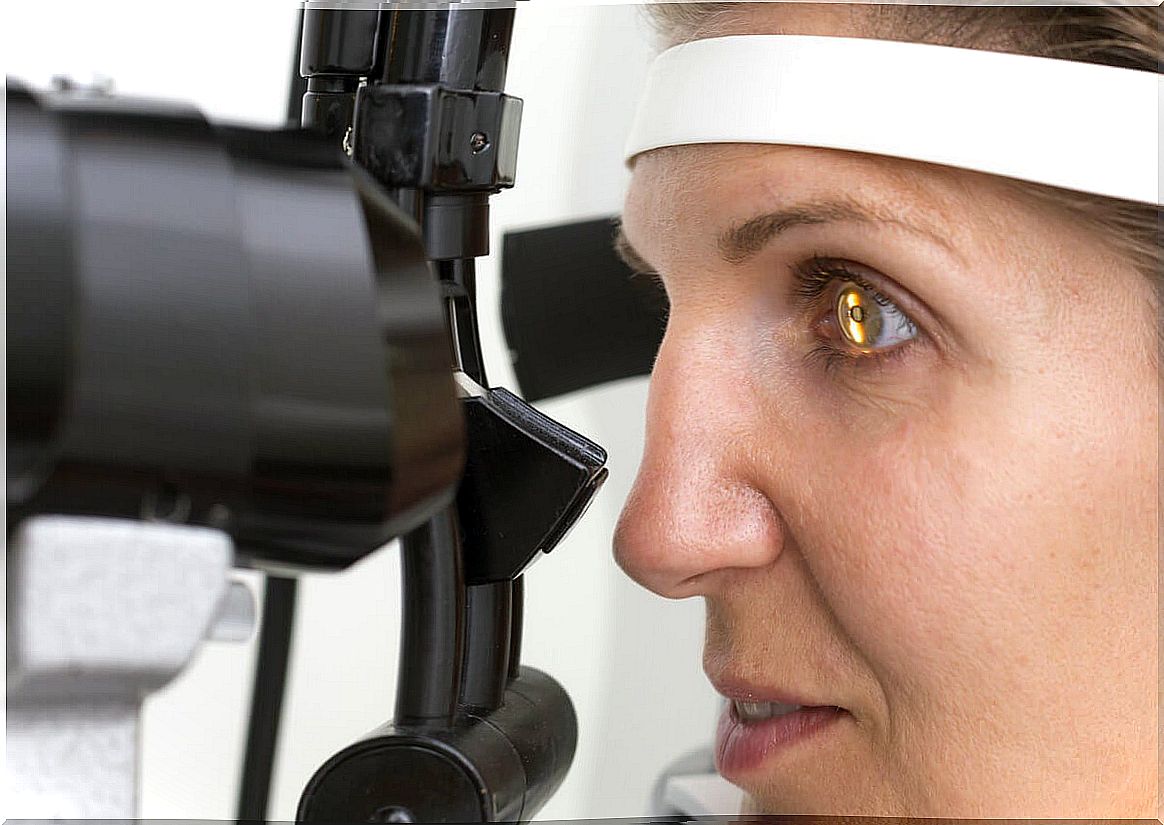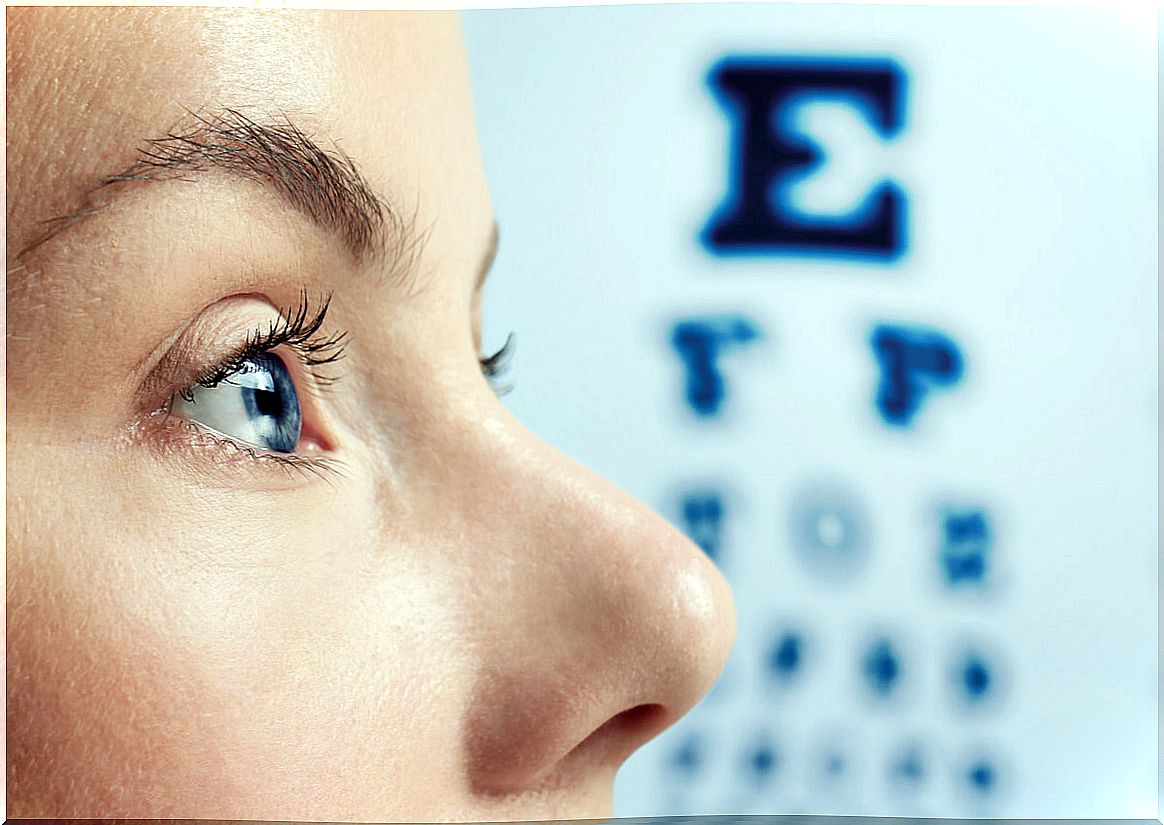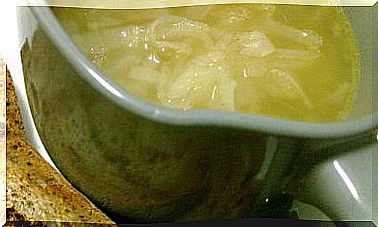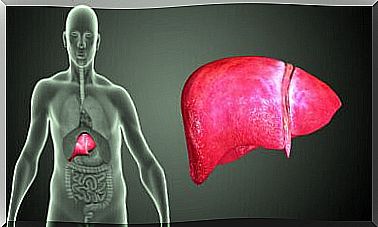What Is Retinitis Pigmentosa?
The disease known as retinitis or retinitis pigmentosa is actually a group of pathologies that have in common a genetic alteration that modifies the reception of light in the retina. The cells of the fundus of the eye progressively degenerate as the pathology evolves.
It is a rare disorder, with a frequency of 1 patient in 3,000 people. In any case, if we consider all the dystrophies that are transmitted from parents to children, it is the most common of that group. What are your causes? Below, we detail everything about it.
Causes of retinitis pigmentosa
This disease is genetic and hereditary, meaning that parents pass it on to their children due to a mutation in the genes. We say that it is a group of disorders and not just one because thousands of changes in DNA (deoxyribonucleic acid) have already been identified that culminate in retinitis pigmentosa.
Even so, in a third of those affected it is impossible to find the origin of the disease. Although it is still maintained that it is a genetic cause, in them it is not possible to reach the mutation that degenerates the cells.
Due to this variability, its inheritance has been classified into three groups:
- By the X chromosome: in these cases it is only men who suffer from the symptoms, while women act as carriers, without developing the pathology at any time, although they do pass it on to their male children.
- Dominant: A dominant transmission of a gene means that it is always expressed. In retinitis pigmentosa of this type, all generations of the same family with the mutation have vision loss.
- Recessive: unlike the previous one, recessive transmission does not always appear, so it can happen that parents have the symptoms, while the children do not, and then the grandchildren do.

Symptoms of the disorder
The disease, despite responding to different mutations, coincides in some symptoms that are general for all patients. The age of appearance of the first signs is usually adolescence.
The progression of retinitis pigmentosa gradually leads to vision loss, however, it is not always the same. The most frequent forms of presentation are the following:
- Color confusion: similar to color blindness, patients mistake one color for another or do not identify it as such.
- Loss of central vision: central vision is the one we use the most for tasks that require concentration at close range. If the patient loses this ability, reading becomes difficult, for example. This has to do with the area of the retina that suffers from the disorder in the first place. A consultation for this symptom can be confused with hyperopia, especially if the person is over 40 years old.
- Tunnel vision: this is the reverse of the previous process. The patient loses the ability to distinguish shapes and colors in the periphery of his visual field, so he only sees clearly what is in the center and at a short distance. The name “tunnel” has to do with the sensation experienced by those who suffer from it. It is not unique to retinitis pigmentosa and therefore can also be confused with other conditions.
- Decreased ability to see in the dark: this is one of the most frequent presentations and that most guides the diagnosis. It means that the patient sees normally during the day, but when it gets dark or the light goes out in an environment, it tends to almost absolute blindness.
How is it diagnosed?
The first is the suspicion of retinitis pigmentosa. If it is a person who has a family history, then the doctor will have the hypothesis from the first moment. But if there are no previous records between parents or grandparents, the task is much more difficult.
Once symptoms are established, a genetic test is usually ordered. Through a blood sample, the composition of the genes is analyzed to locate those that are defective and that could explain the disorder.
The evaluation can be complemented with an electroretinography, which is the measurement of the electrical activity of the retina, and with an optical coherence tomography. The latter is a series of images obtained from the retinal tissue in high definition.
The visual field is a test that is always performed in ophthalmology and that does not contribute to the diagnosis. It is useful to establish the degree of involvement of the patient, since it is possible to know how much the progression has evolved based on the remaining visual capacity.

Treatment of retinitis pigmentosa
There is no cure for retinitis pigmentosa. What is done is to try to reduce the symptoms and slow down the progression of blindness to improve the quality of life of the affected person.
Some experiments with high doses of vitamin A in the chemical form of palmitate were successful. However, it is not clear that this is a treatment of choice, nor that the adverse effects of these concentrations do not represent a risk in other organs, such as the liver.
Anti-inflammatory drops are also prescribed if there are bothersome symptoms, such as itching, pain, gritty eyes, or redness. These drugs are for relief only, but are not in any way chronic management options.
Surgery is used in very specific cases. If the disease is accompanied by cataras, then it is possible to operate. In addition, the artificial retina implant is still being studied to determine how effective it is.
The importance of prenatal consultation
As it is a hereditary disease, prenatal consultation in retinitis pigmentosa is essential. Who wants to have children and already has a diagnosis of the pathology, should be advised on how to proceed. There is no way around it, but precautions must be taken.
In case of presenting ocular symptoms or perceiving that vision is failing, the consultation must be prioritized. The ophthalmologist will know how to perform complementary methods to address the problem.









